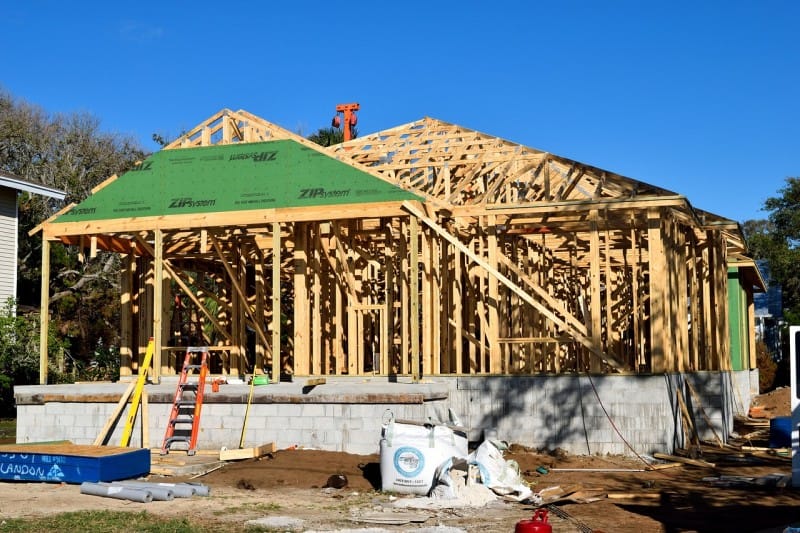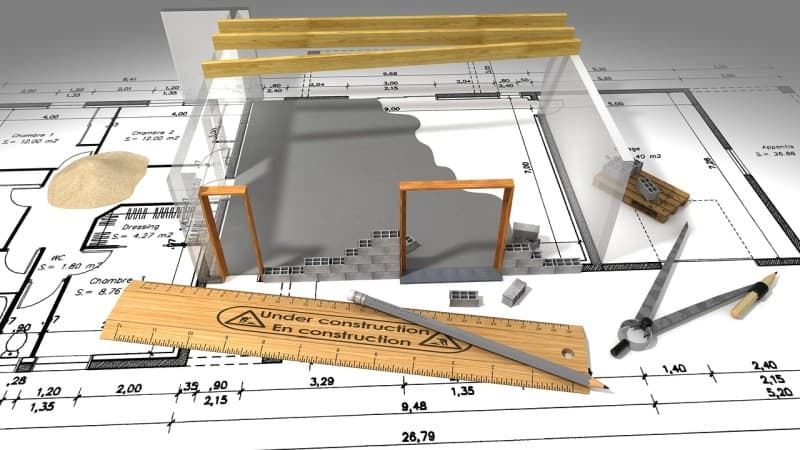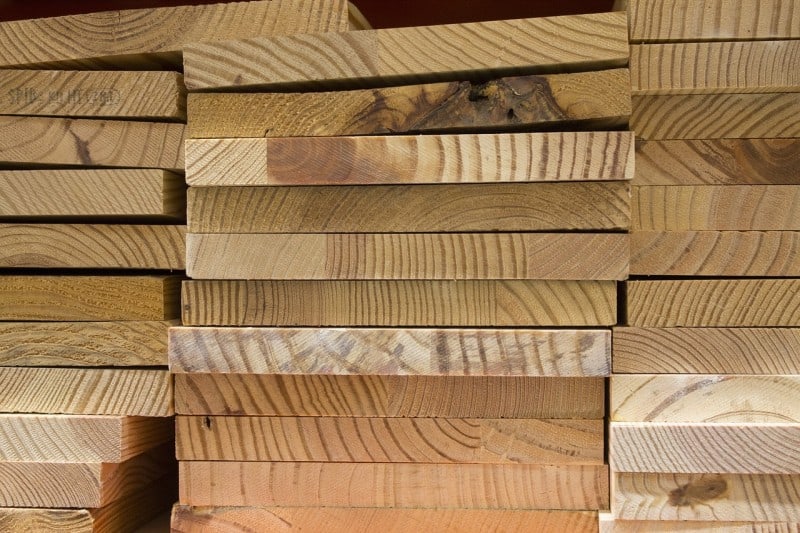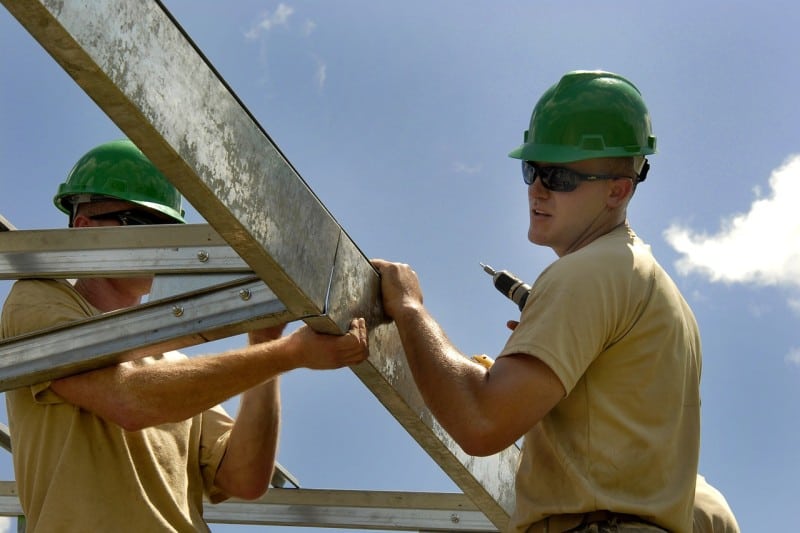Building a house is not cheap. This is the main reason why many prospective homeowners resort to cheaper materials, handymen that offer their services under the counter, and procedures that are faster.

In the long run, all these savings are shady and if things go wrong, like a structural fail or a worker getting injured, they could cost you more than the entire project.
That is why it is important not to cut corners on your house’s build and control costs using safer methods.
These hacks do exist, as the cost of building your own home can be decreased without reducing quality.
Planning is essential

It is impossible to foresee all the costs involved. What you can do is plan the entire project down to the last bolt.
Things are almost certain to go wrong at some stage of the build but by having a detailed plan you are actually ready for such unexpected occurrences. For instance, you can check the weather forecast and plan a short break in construction during a storm you know that is approaching.
Furthermore, your overall funds should have a contingency budget of up to 20% of all the money you have set aside for building your home.
It should sit in a bank account, readily available to be withdrawn in case of an emergency. Also, choosing experienced and honest contractors means that there will be less unforeseen situations, so the contingency budget will come down to 10 extra liters of diesel and a couple of extra nails.
Always check things twice
Every good carpenter will tell you that you need to measure twice and cut once. The same goes for building a house that involves a lot of paperwork loaded with figures.
Even a slight discrepancy in the data you provide the timber yard with, for example, could spell a financial disaster, as you would have to reorder the entire shipment if it turns out that the beams are too short.
Essentially, what you want to achieve is the best possible accuracy in all the measurements and ordering so as not to spend money twice on the same task. Also, check and double-check all the material that gets delivered to the construction site to make sure they didn’t get the measurements wrong in the factory.
Bulk buying

When shopping for material, you are going to have to search far and wide for the best ratio of quality and price. On the one hand, you don’t want to overspend but on the other, you don’t want to be stuck with a material you cannot use due to its poor quality.
Remember, this is your family home that you are building, so the issue of quality is not open for discussion if you want the building to last for decades.
One neat hack is to resort to timber and wood wholesale companies that deal with huge loads of timber, so the prices are not that high like in retail stores.
The lower prices they offer are not because of quality but rather quantity as they need to keep the timber circulating. You can use this fact to your advantage to get prime timber at a bargain price.
The length of steel profiles

Timber might be the material that you will need the most as house and roof framing is made out of it, but no structure is complete without steel.
This material is quite costly, so you are going to save every inch and gram of it whenever possible! When planning the layout of the house, look into standard steel lengths and try to incorporate them into the house’s design.
This way, you will not need to cut or trim them additionally, saving you both time and effort and the construction site will not be littered with metal scraps.
Furthermore, standard lengths are cheaper than customized ones, so they are much cheaper to acquire. In general, always go for standard sizes, as any customization means extra money that you could spend on more important things.
Safety first!
As we stated earlier, checking things twice means that you won’t have to go through the same procedure twice, delaying or stopping the build in the process.
The same goes for workplace safety, as failing to invest in protective gear means that an injury is more likely to occur, thwarting the entire process or even halting it indefinitely if you are the one that gets injured.
Gloves, helmets, eye-googles, and safety boots come quite cheap today, so take the effort of driving to the nearest DIY center and picking up protective clothing and footwear.
All in all, building your own house is all about careful planning and more importantly, sticking to that plan until the structure is 100% complete.
This doesn’t mean splashing a lot of cash, as a single trip to the right timber yard, to name one example, could mean a huge save. This money can then be redirected to furnishing the house after you and your family move in.
Author
 Liam Smith is a young and aspiring Australian blogger with a passion for everything related to home, design and lifestyle. He has a B.Sc. in Interior design and is an avid reader.
Liam Smith is a young and aspiring Australian blogger with a passion for everything related to home, design and lifestyle. He has a B.Sc. in Interior design and is an avid reader.
https://twitter.com/LiamSmith2034
https://www.linkedin.com/in/liamsmith2034
Related Posts
- Comparison of Shiplap vs “Tongue and Groove” vs Beadboard Wall Paneling
- Comparison of Manufactured vs Modular Homes with Pros/Cons
- 10 Different Types of Glass for Home Windows (With Pros and Cons)
- Here Are The Main Pros and Cons of a Barndominium House
- Main Advantages and Disadvantages of Vaulted Ceilings for Homes
- Top 9 Drywall Alternatives for Your Home Ceiling (With Photos)
Leave a Reply